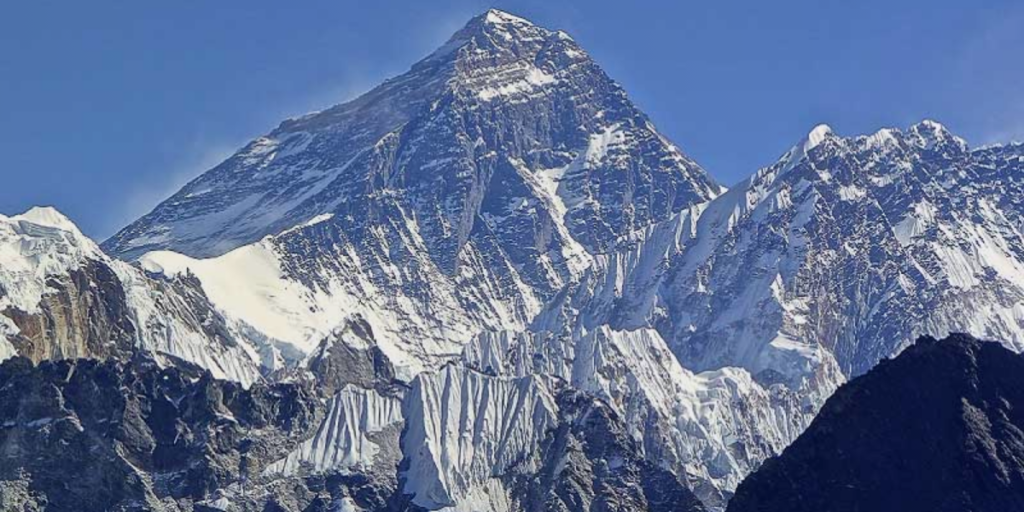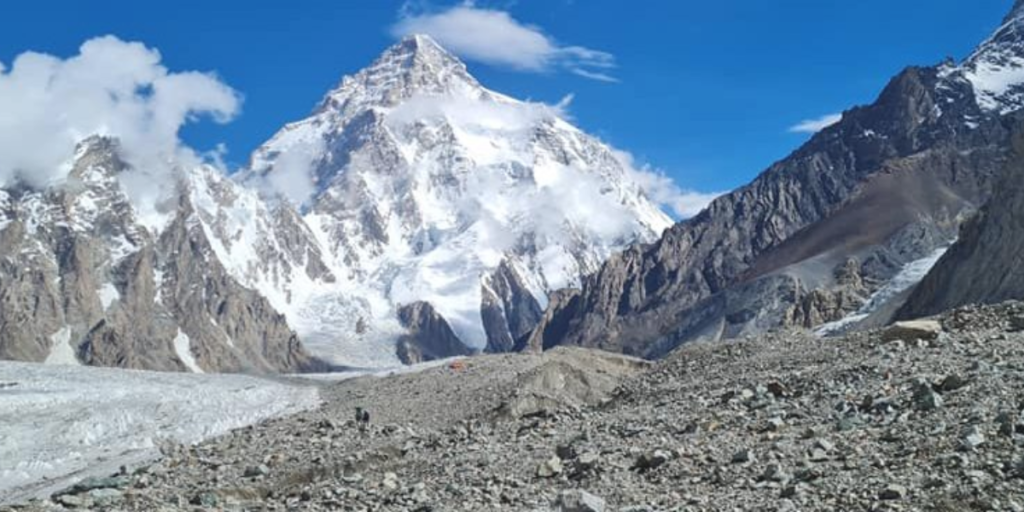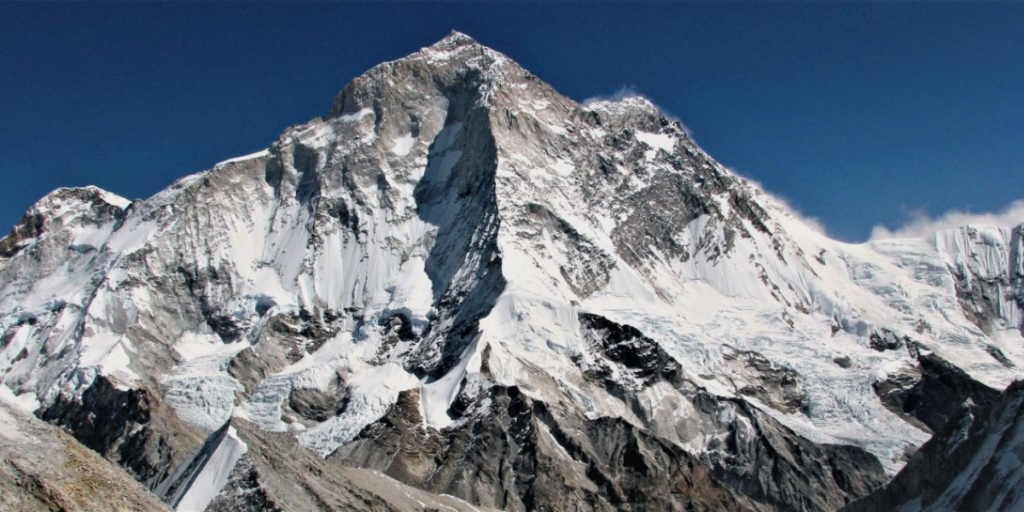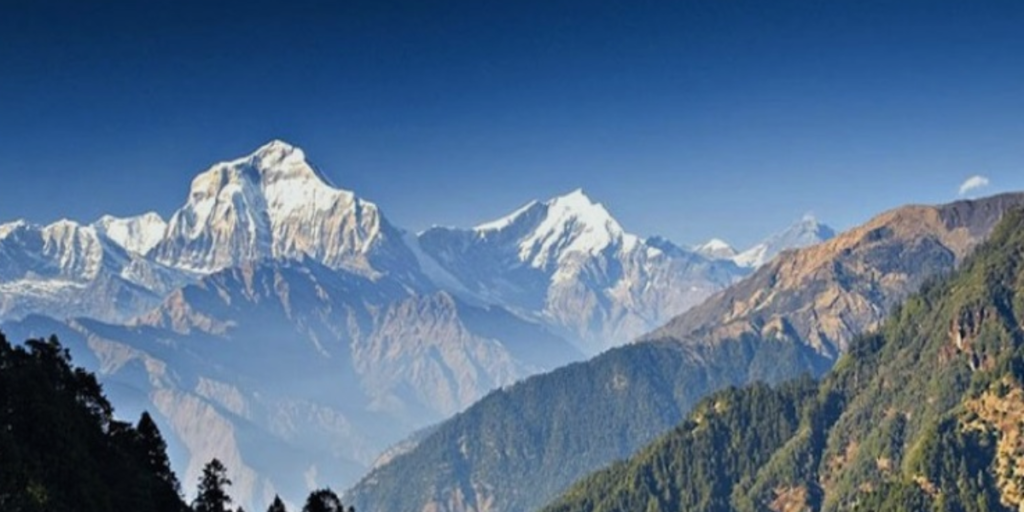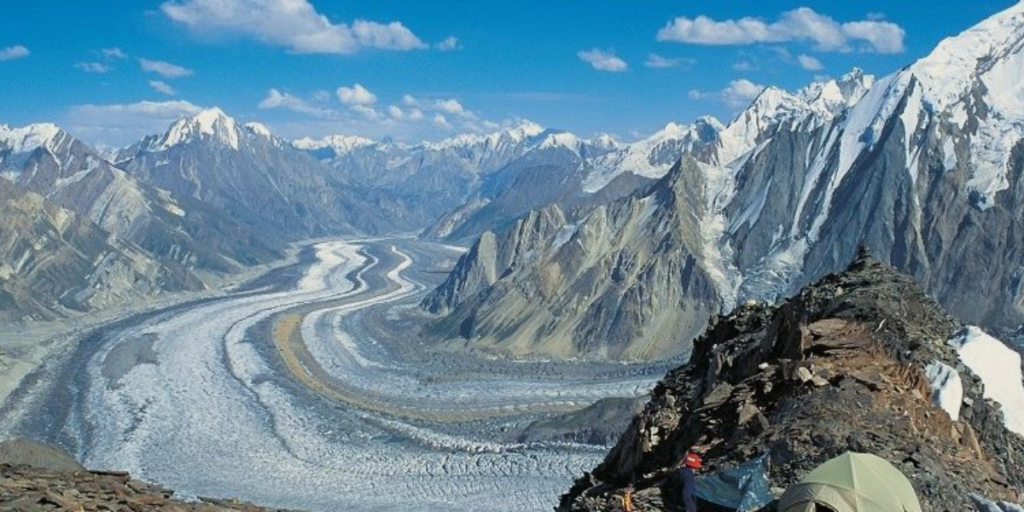Mountains have always fascinated humans with their grandeur and majesty. Standing as natural sentinels, these colossal structures reach high into the sky, symbolizing the ultimate challenge for climbers and a source of inspiration for adventurers. The world’s highest mountains, located primarily in the Himalayas, offer breathtaking views and formidable obstacles. This article explores the highest mountains in the world, detailing their unique characteristics and the allure they hold.
Mount Everest (8,848.86 meters)
Mount Everest, also known as Sagarmatha in Nepal and Chomolungma in Tibet, is the highest mountain on Earth. Its summit reaches an astounding 8,848.86 meters (29,031.7 feet) above sea level. First successfully summited by Sir Edmund Hillary and Tenzing Norgay in 1953, Everest has since become the ultimate goal for mountaineers. The climb is perilous, involving treacherous icefalls, crevasses, and extreme weather conditions, but the reward of standing on the “roof of the world” makes it a dream for many.
Kangchenjunga (8,586 meters)
Kangchenjunga stands at 8,586 meters (28,169 feet) and is the third-highest mountain in the world. Situated on the border between Nepal and the Indian state of Sikkim, it was first climbed in 1955 by Joe Brown and George Band. Kangchenjunga’s name means “The Five Treasures of Snows,” referring to its five summits. This mountain holds cultural significance for local inhabitants and offers climbers a beautiful but demanding journey through its rugged terrain.
K2 (8,611 meters)
K2, also known as Mount Godwin-Austen, is the second-highest mountain in the world, with a height of 8,611 meters (28,251 feet). Located on the China-Pakistan border, it is part of the Karakoram Range. K2 is often referred to as the “Savage Mountain” due to its extreme difficulty and high fatality rate among climbers. The steep, icy slopes and unpredictable weather make it a challenging ascent, yet it remains a coveted prize for serious mountaineers.
Lhotse (8,516 meters)
Lhotse, at 8,516 meters (27,940 feet), is the fourth-highest mountain in the world and lies near Everest. It is connected to Everest via the South Col. Lhotse’s main peak and the smaller Lhotse Shar and Lhotse Middle peaks provide distinct challenges for climbers. The mountain was first successfully summited by a Swiss team in 1956. Its steep faces and severe weather conditions require technical climbing skills, making it a respected peak in the mountaineering community.
Makalu (8,485 meters)
Makalu, the fifth-highest mountain at 8,485 meters (27,838 feet), is renowned for its perfect pyramid shape and knife-edge ridges. Located southeast of Everest, it was first climbed by a French expedition in 1955. The ascent of Makalu is technically demanding, with its steep slopes and sharp ridges posing significant challenges. Despite these difficulties, Makalu attracts climbers with its stunning beauty and the promise of an exhilarating adventure.
Cho Oyu (8,188 meters)
Cho Oyu, meaning “Turquoise Goddess” in Tibetan, is the sixth-highest mountain in the world, standing at 8,188 meters (26,864 feet). It is considered one of the more accessible 8,000-meter peaks, with a relatively easier route to the summit compared to others. Located near the Tibet-Nepal border, Cho Oyu was first climbed by an Austrian team in 1954. Its accessibility and relatively safer climbing conditions make it a popular choice for those aiming to ascend their first 8,000-meter peak.
Dhaulagiri (8,167 meters)
Dhaulagiri, the seventh-highest mountain at 8,167 meters (26,795 feet), is part of the Nepalese Himalayas. Its name means “White Mountain,” and it is famed for its massive size and the dramatic contrast it provides against the deep Kali Gandaki Gorge. First summited in 1960 by a Swiss-Austrian-Nepali expedition, Dhaulagiri presents climbers with significant technical challenges, including steep ice and snow slopes.
Manaslu (8,163 meters)
Manaslu, standing at 8,163 meters (26,781 feet), is the eighth-highest mountain in the world. Its name, “Mountain of the Spirit,” reflects the spiritual significance it holds for locals. In Nepal, Manaslu was first climbed by a Japanese team in 1956. The ascent involves crossing glaciers and navigating steep, icy slopes, but the reward is an awe-inspiring view from the summit.
Nanga Parbat (8,126 meters)
Nanga Parbat, the ninth-highest mountain at 8,126 meters (26,660 feet), is located in the Gilgit-Baltistan region of Pakistan. Known as the “Killer Mountain” due to its high fatality rate, Nanga Parbat is notoriously difficult to climb. Its Rupal Face is the highest mountain face in the world, presenting a daunting challenge to climbers. Despite the risks, the allure of conquering Nanga Parbat continues to attract the world’s best mountaineers.
Annapurna I (8,091 meters)
Annapurna I, the tenth-highest mountain, rises to 8,091 meters (26,545 feet). Part of the Annapurna massif in Nepal, it was first summited by a French expedition led by Maurice Herzog in 1950. Annapurna I is known for its high avalanche risk and challenging climbing conditions, making it one of the most dangerous peaks in the world. The mountain’s stunning beauty and the surrounding Annapurna Sanctuary trek offer unparalleled scenic views and cultural experiences.
Conclusion:
The highest mountains in the world are not just geographical marvels. They represent the ultimate test of human endurance, skill, and determination. These peaks, towering above 8,000 meters, challenge climbers with their harsh conditions and unpredictable weather. Yet they inspire and attract those seeking to push their limits. Whether it’s the iconic Everest or the treacherous K2, each mountain offers its unique allure, promising adventure, and the thrill of standing atop some of the highest points on Earth.


